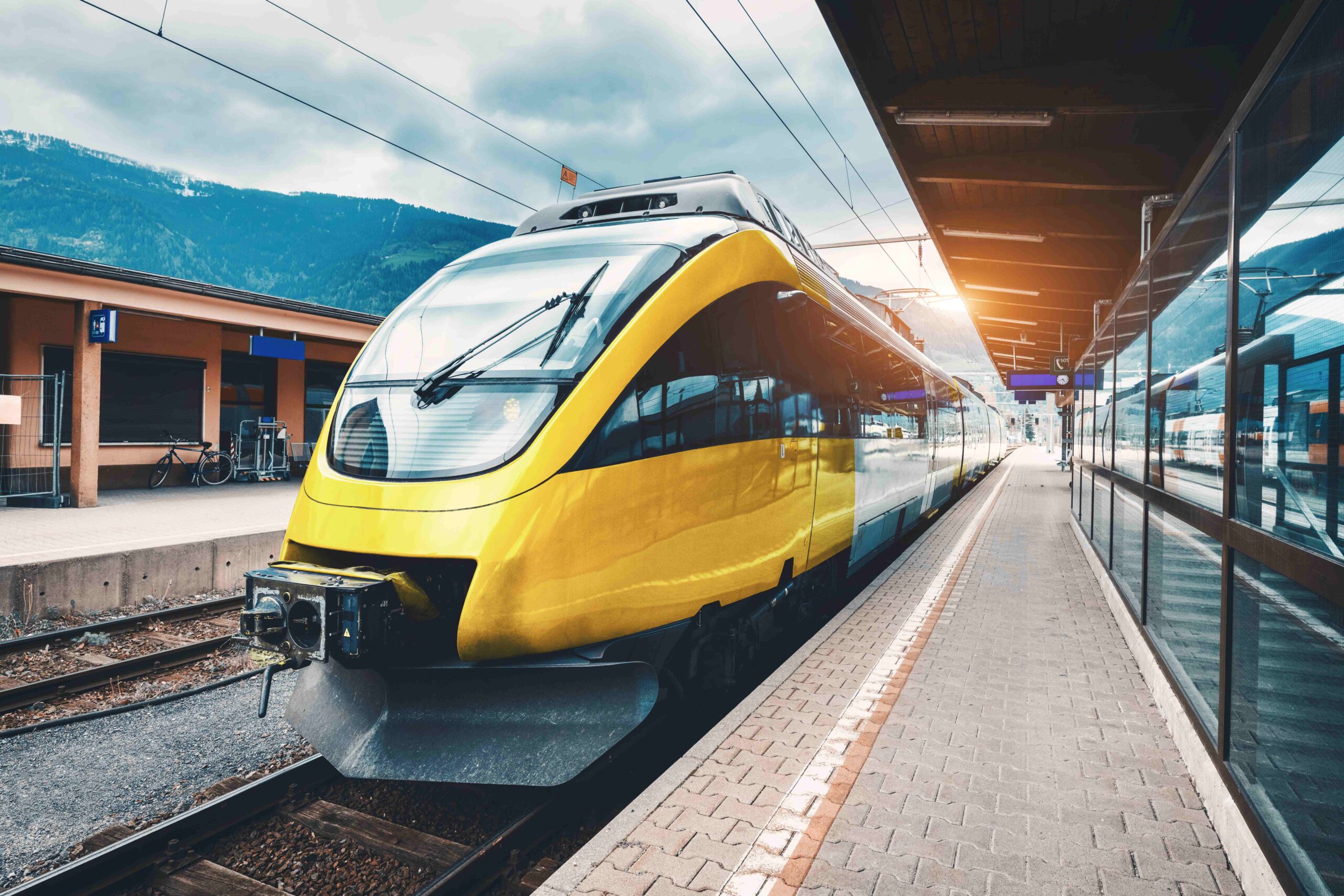Zermatt doesn’t start with slopes — it starts with silence. Or rather, the absence of engines. Getting to Zermatt, unlike most alpine destinations, involves a deliberate pause. Standard cars stop short in Täsch, the last motorized checkpoint before the mountain folds in. From there, trains and electric shuttles take over. The process feels rigid at first, almost ceremonial. But then you notice how it shapes the pace. People walk differently here. Slower. Luggage rolls over platforms instead of asphalt.
It’s not a hidden rule — it’s official. Zermatt is car-free, by law. And that changes everything. Travel to Zermatt becomes more than logistics; it’s part of the mountain’s rhythm. Some arrive with skis in hand, others with strollers or dogs in carriers. But they all stop in the same place. And wait. Often in lines, especially on peak weekends, as seen near the Täsch station where suitcases queue quietly for their turn in an electric taxi.
Why Cars Stop in Täsch
The village of Täsch, about 5 km north of Zermatt, serves as the final vehicle-accessible point for most travelers. Its large parking terminal — multi-level, echoing with wheel trolleys and early morning announcements — operates year-round. Private cars must park here, and from this point, travelers switch to shuttle trains.
travelers switch to shuttle trains.
This restriction isn’t temporary or seasonal. It’s embedded into Zermatt’s identity as a sustainable resort. The Täsch to Zermatt corridor, served by the Matterhorn Gotthard Bahn, runs every 20 minutes, with increased frequency during holidays. It’s a short ride, about 12 minutes, but dense with motion: ski boots thumping, families adjusting layers, windows fogging.
During the high season, delays at Täsch are not uncommon. Micro-observation: On Saturdays in February, visitors with oversized gear wait up to 30 minutes for electric taxis after arriving by train. It’s not chaotic, but it isn’t smooth either. That gap — between mechanical order and human rhythm — is where most first-timers feel the transition.
Train Travel and Timing
Reaching Täsch by rail typically starts with a connection in Visp or Brig, both major hubs along the Swiss national network. From Zurich or Geneva, journey times vary from 3.5 to 4 hours, with seamless transfers. Still, there’s a nuance. SBB trains are punctual, yes, but winter weather or summer tourist volume can stretch platform times. A two-minute delay in Visp isn’t much. Until it is.
Most travelers aiming for early ski starts arrive the evening before. Hotel check-ins in Täsch peak around 6 PM, with families settling in before the last trains. Those who arrive after 9 PM often face reduced shuttle frequency.
Another pattern: morning trains from Täsch to Zermatt fill quickly between 7:30 and 9:00 AM. Local staff commute at that time, mixing with tourists. The Zermatt train arrival is smooth, but dense. Stepping out onto the open-air platform, there’s a moment — crisp, cold, and brief — where everything feels paused. And then the crowd moves.
Local Transfers and Electric Mobility
Within Zermatt, mobility is defined by silence. Electric taxis hum through narrow streets, joined by small shuttles and hotel carts. There are no traffic sounds, only footsteps and the occasional tire crunch on snow. The town operates on layered logistics: arrivals, hotel pickups, gear deliveries. Nothing is spontaneous, yet everything moves.
Hotels usually arrange transfers ahead of time. For those without reservations, the taxi queue near the station provides quick access — though not always predictability. Micro-detail: After 4 PM on weekends, the queue doubles. No arguments, but a shift in posture. Skis become leaning posts, gloves come off, conversations resume.
Larger hotels have their own shuttles, often resembling enclosed golf carts, while smaller ones rely on public electric vehicles. In winter, chains with ski bags appear in unison. In summer, it’s hiking poles and wide-brimmed hats. The mode remains, but the silhouette changes.
Tips for Arriving in Winter or Summer
Season matters. In winter, snow may slow the shuttle service, especially after fresh overnight fall. Travelers are advised to monitor rail updates and pre-book local transfers. In summer, the challenge shifts: higher foot traffic during festivals and midday congestion near the station.
If arriving with sports gear, label everything. It sounds trivial, but in a station where six suitcases and three ski bags look identical, details matter. And if you’re bringing children, prepare for pacing. Not fast, but not idle either.
One final note — timing. Many assume arriving midday is safer. But often, morning or late evening brings more space, fewer crowds, better rhythm. The town responds to light, not schedules. So plan with precision, but expect adjustment. That’s Zermatt.
